Wondering what types of grass grow in the UK, or what type of grass you have in your garden?
In this guide, we’ve looked at all of the popular grass species that grow in the United Kingdom. We’ve discussed the differences between them, in terms of how they look, and the types of lawn they produce.
We’ve also explained how to identify different grass types, to help you find out what type of grass you have on your lawn.
What types of grass grow in the UK?
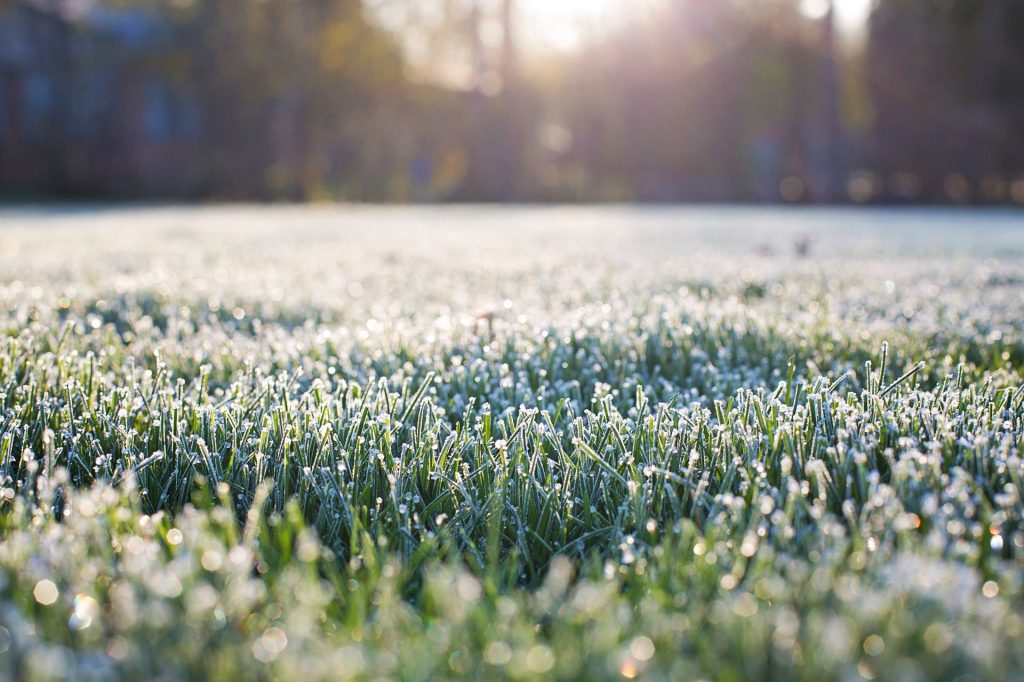
There are actually many different grass species that you’ll find in the average UK garden.
Typically, a British lawn will have cool season grass, which performs well in our colder climate. There are many different types of cool season grasses.
Here are some of the most common grass types in the UK, and what they look like.
Perennial Ryegrass
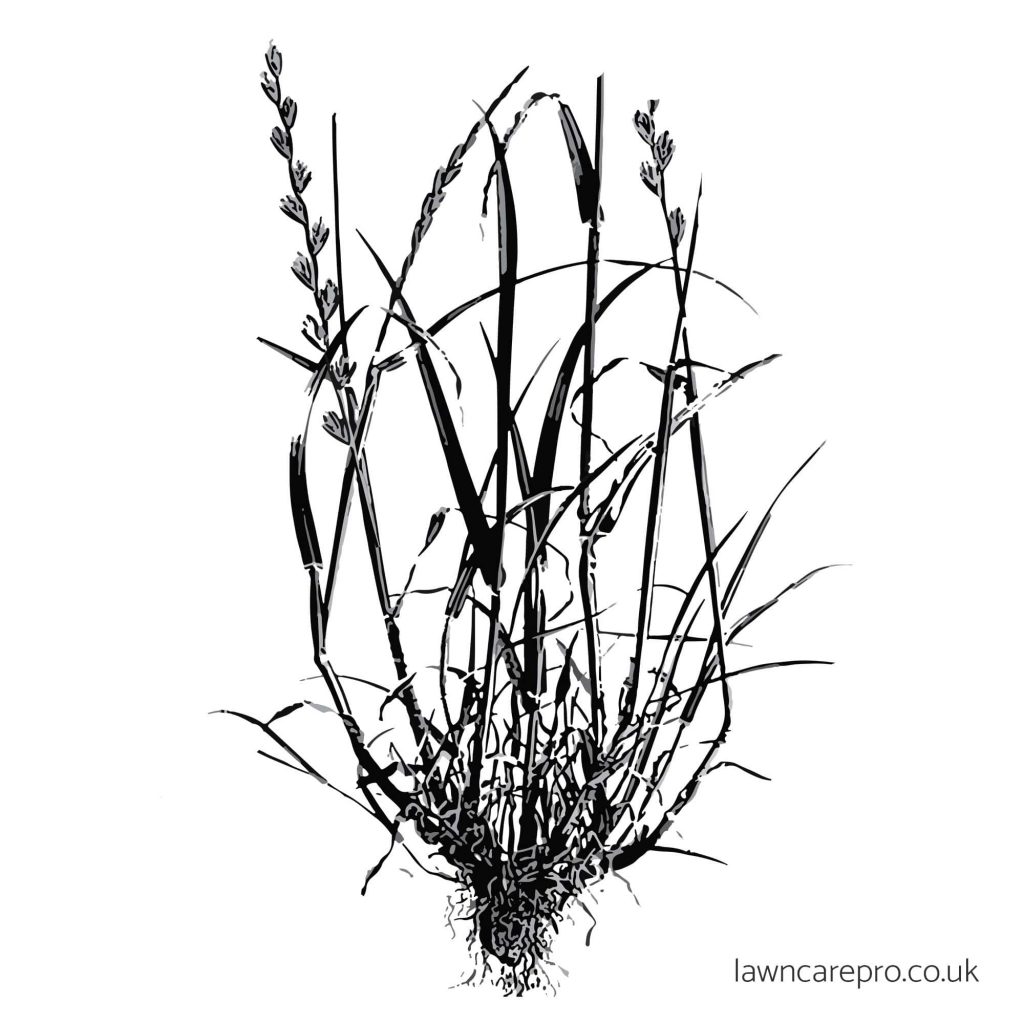
- Profile: varies by type of ryegrass, typically quite coarse
- Look: thick growth, suitable for most lawns
- Maintenance: medium – requires sunlight and regular mowing
Perennial Ryegrass is a common lawn choice across the UK because it grows very quickly, even in cold climates. It’s also very tough, although it does require regular mowing.
This type of grass has an appearance suited to everyday lawns getting a lot of foot traffic, especially given it’s quite tough.
There are a few different types of Perennial Ryegrass – one of the most common ones is Dwarf Ryegrass, which is particularly fast-growing.
Fescue
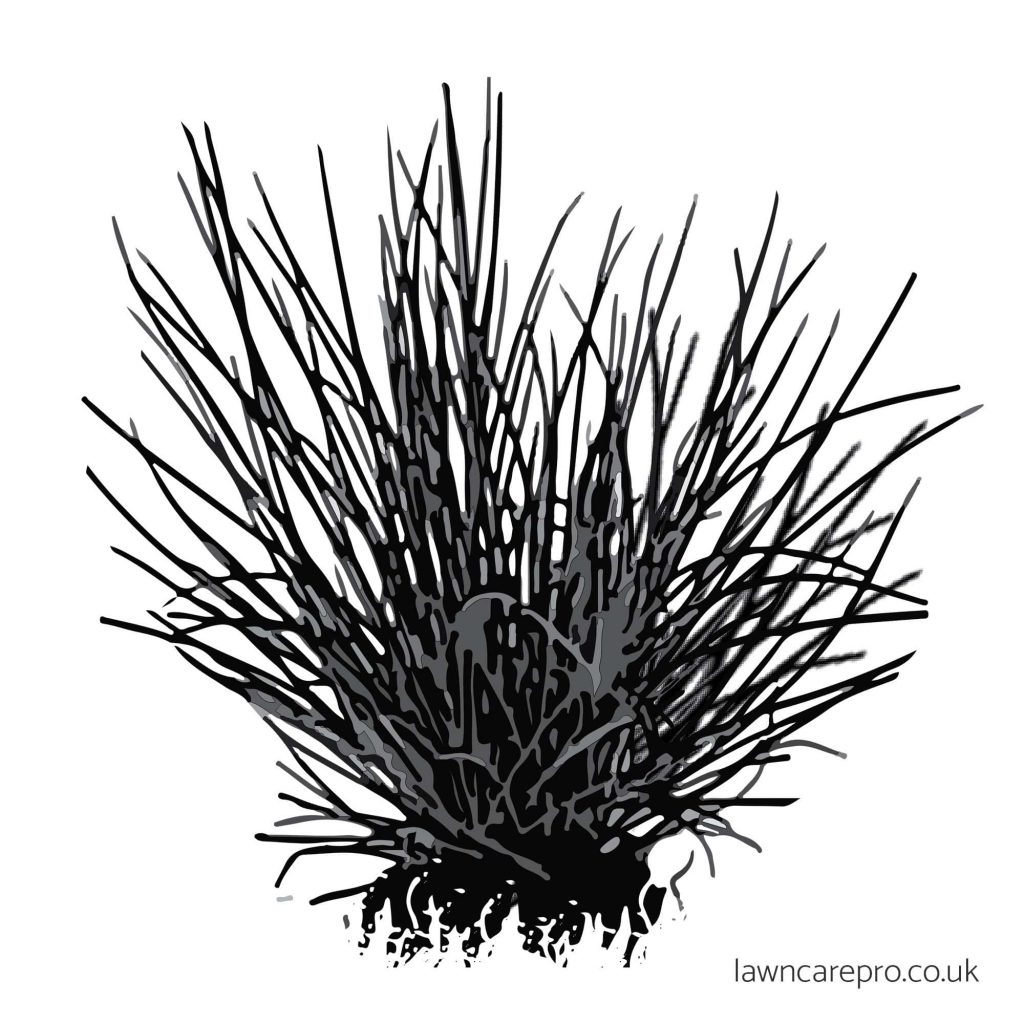
- Profile: fine
- Look: very thin blades but can provide good coverage when healthy, very green colour
- Maintenance: medium/low dependent on species, works better in shaded areas
Fescue is the second most popular type of grass you’re likely to find on a British lawn, after Ryegrass.
This grass species has extremely fine blades, and doesn’t grow extremely fast. However, it’s low maintenance, and doesn’t mind being in the shade. You can often find these types of grasses on fine turf, such as golf courses, and Fescues are often used in seed mixes to provide more depth to the lawn.
There are a number of grass types that fall into the fescue family of grasses – some of the most common ones are Red Fescue and Chewings Fescue.
Annual Meadowgrass
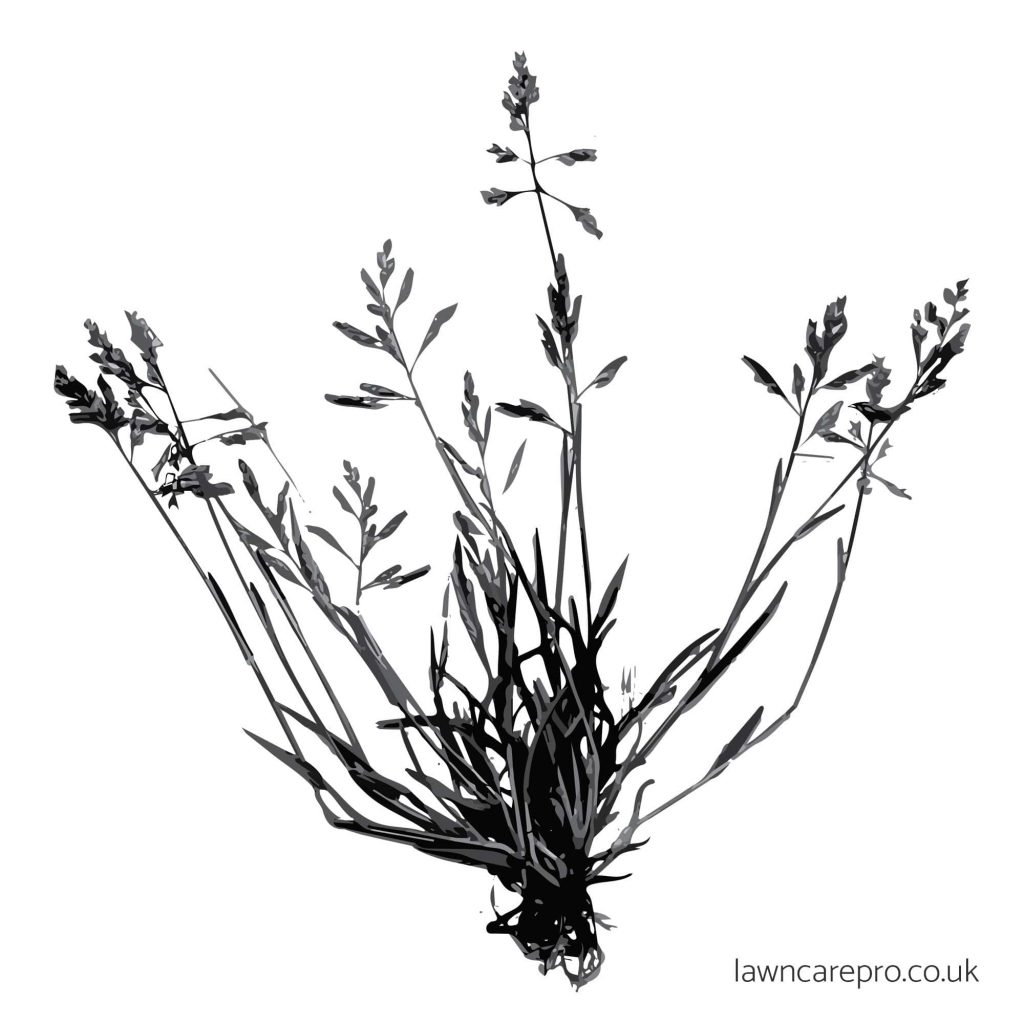
- Profile: not too fine, not too coarse
- Look: regular flowering, light colour, boat-shaped leaves, sparse coverage
- Maintenance: low
Sometimes considered as a weed, Annual Meadowgrass often produces flowers, even at a low height, which can look unsightly on formal lawns.
These types of grasses are commonly found throughout the UK, especially on unkempt grass areas, such as meadows, as the name suggests. It can also spring up on existing lawns, as it’s a very common type of grass.
Annual Meadowgrass is not often used on a new lawn, thanks to its sparse coverage and likelihood to flower.
Creeping Bent (similar to Common Bent)
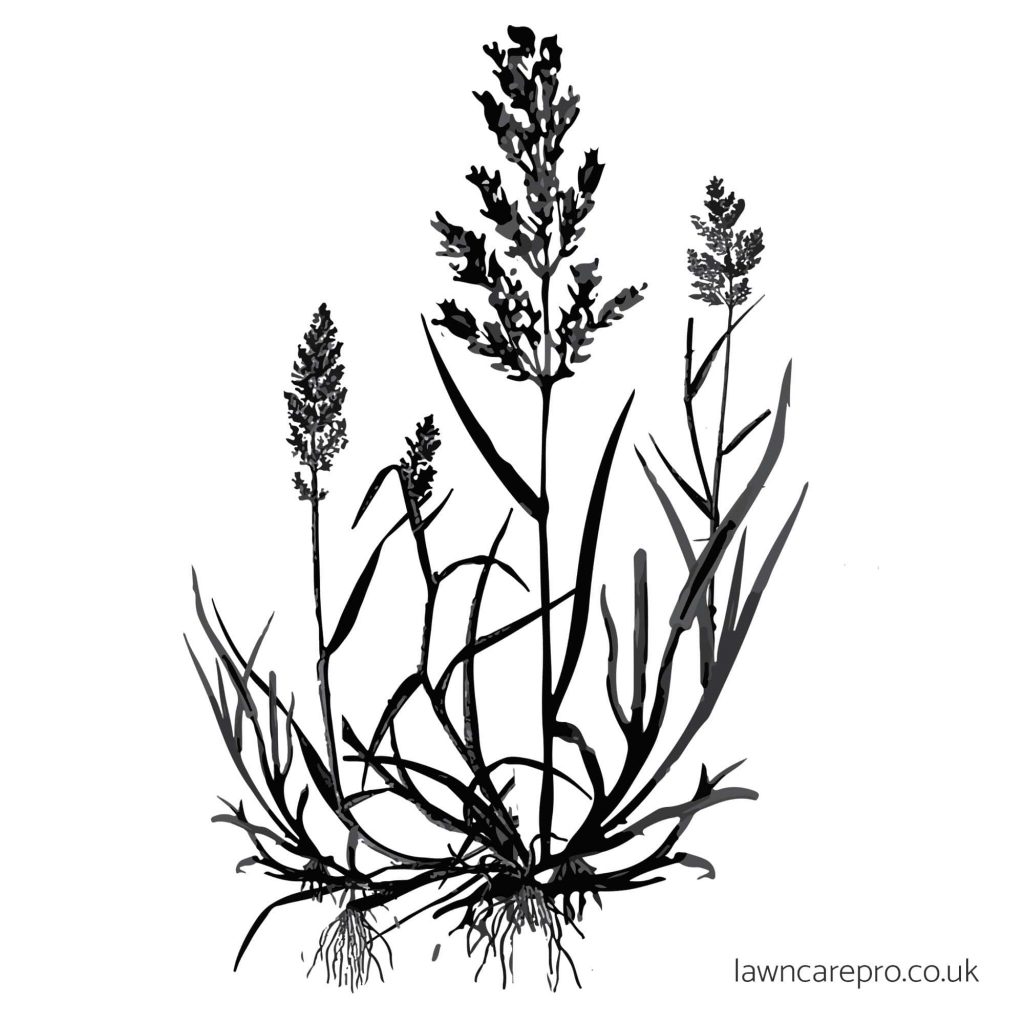
- Profile: relatively fine
- Look: bent leaves
- Maintenance: low, very hardy thanks to its stolon root system
This is another type of extra-fine grass, common on golf greens as well as in back gardens.
Creeping Bent is one of the toughest types of grass around. It grows well on basically any type of soil, and is very disease resistant. This is partially because its root system grows horizontally through the soil, using what’s known as “stolons”, given it a stronger base in all soil types.
Another reason this type of grass is popular on the golf and bowling green is how it withstands short mowing. You can cut this grass species almost right down to the ground with no problems at all.
How to identify lawn grass
At this point, you might be wondering how to actually identify the type of grass species you have on your lawn.
Remember, most lawns have at least two or three different types of grasses growing on them. Many seed mixes include a range of grass types, for example, combining ryegrass and fescue to create a rugged lawn with good depth.
- If the lawn flowers even though it’s only a few inches tall, you’re likely looking at Meadowgrass or creeping bent. If there are no flowers, the grass is most likely Fescue or Ryegrass.
- If the grass is very fine, the turf is probably Fescue, or potentially Creeping Bent. This is especially true if it grows back very quickly after being cut short to the ground.
- If the lawn is a light green, it could be Annual Meadowgrass. On the other hand, if it’s a very dark shade of green, the lawn is more likely to be a Fescue species.
- From a distance, if the lawn has a more rugged, wild look to it, you probably have mostly Meadow Grass or possibly Ryegrass. However, if the lawn lends itself naturally to a very neat look, then chances are you have Fescue.
Conclusion
Still unsure what type of grass you have?
Feel free to leave us a comment below, linking to an image, and we’ll help you out.

I’m Josh, and I’m the head writer at Lawn Care Pro.
I love everything lawns, but I’m a bit of a lawn mower nerd. I spend a lot of my free time tinkering with mowers, and planning my mowing schedule for the next few weeks.
I’m also into cars, which comes in very helpful when servicing a mower engine!

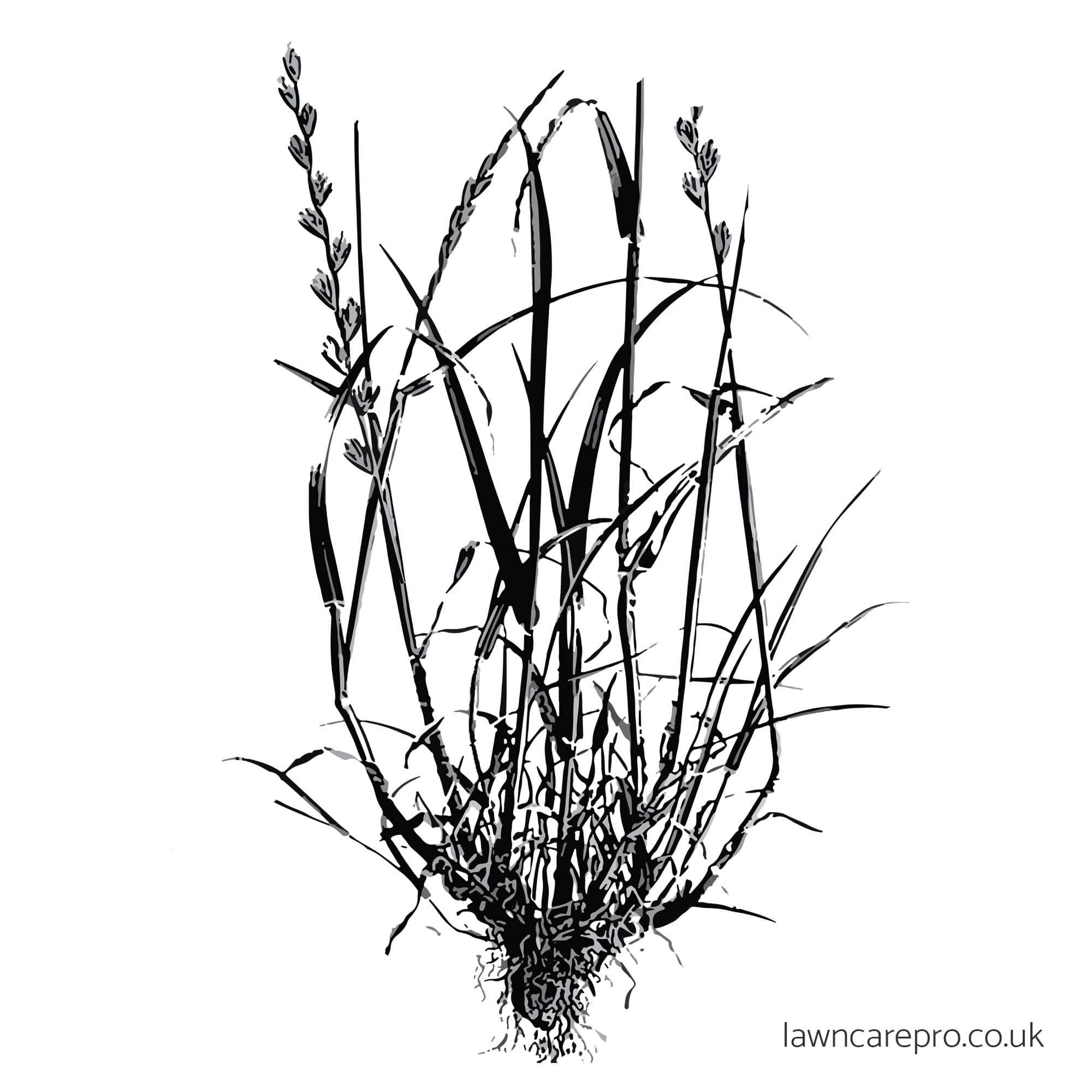
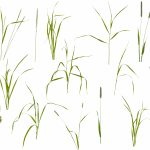


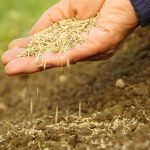
Hi Josh,
I am trying to identify a grass which is in part of my lawn in patches as I am not sure if it considered to be a weed grass or a “normal” one.
I have a picture I can send but not a link to a website.
Would you be able to assist please if I sent you the picture?
Many thanks
Simon
Hi Simon,
Sure, please feel free to paste a link to an image using an image upload website like imgur.com.
Thanks